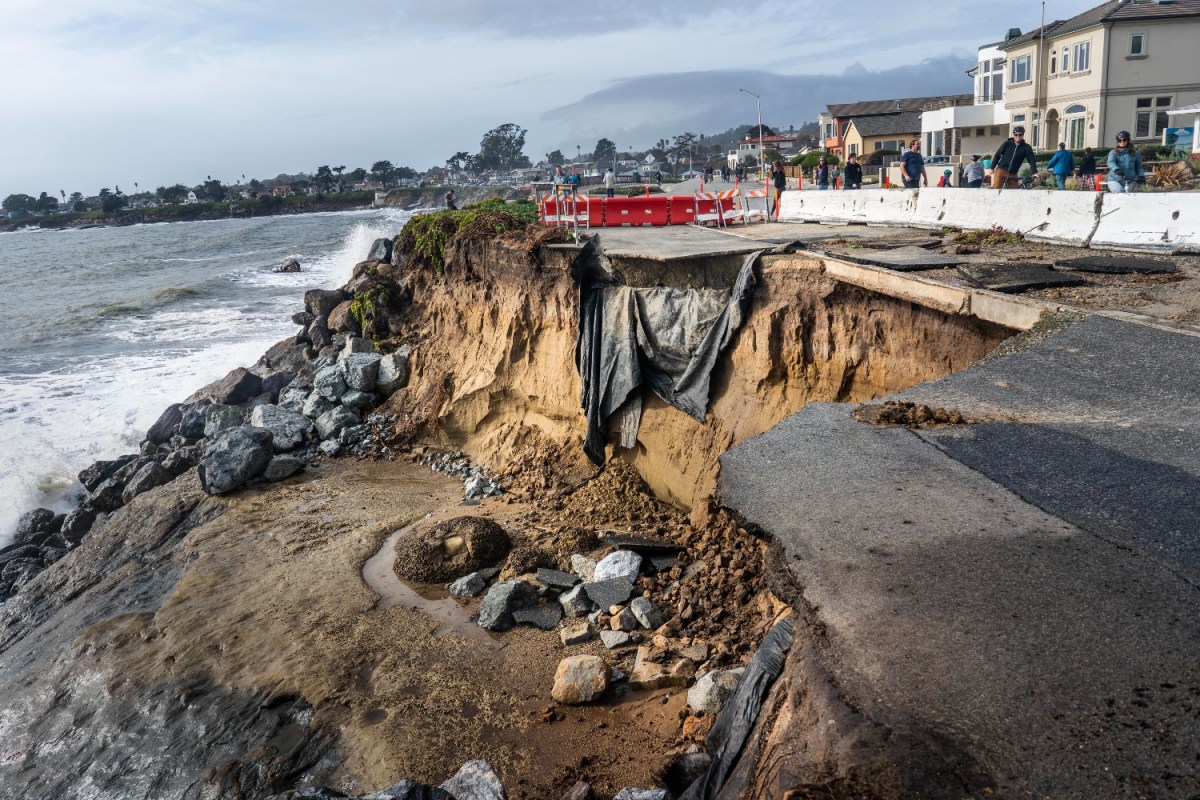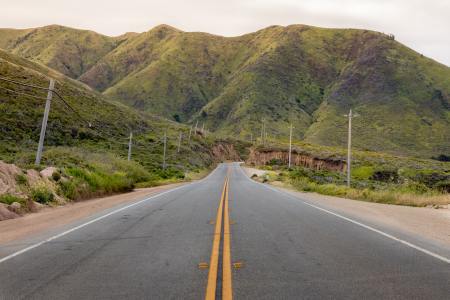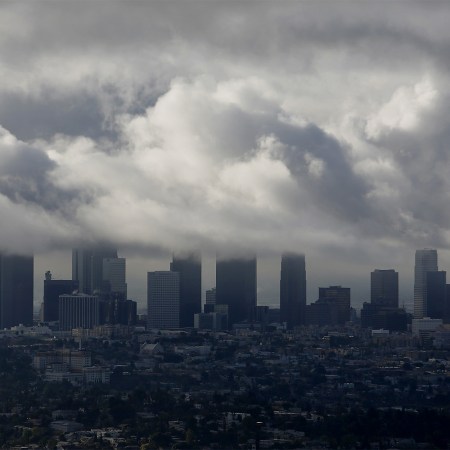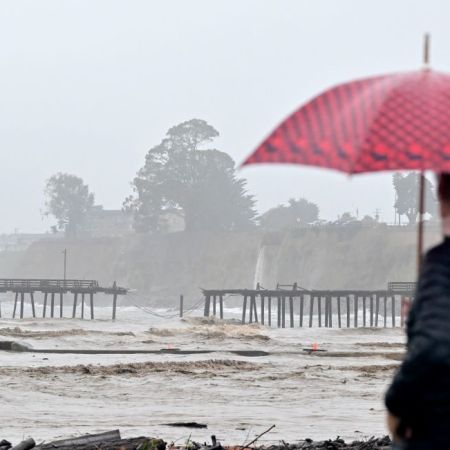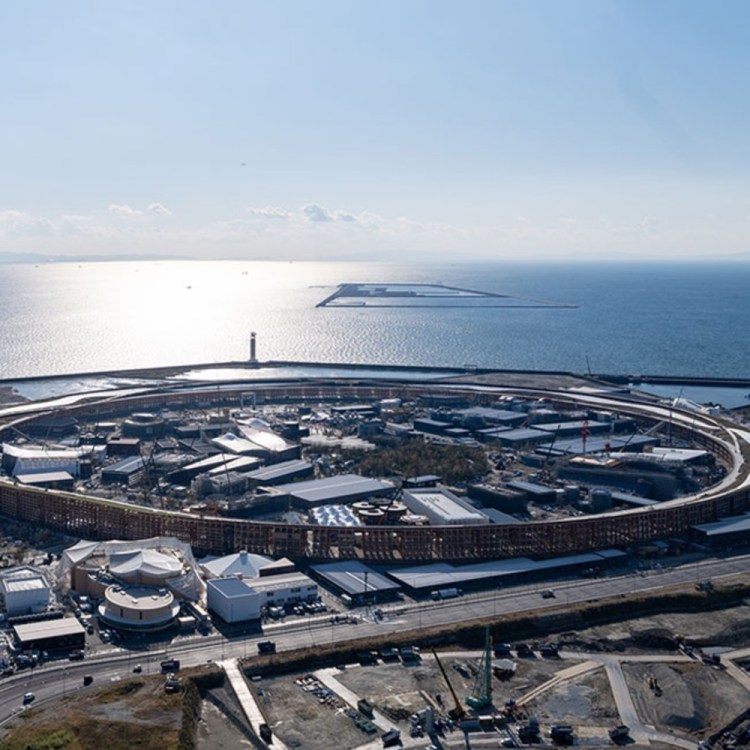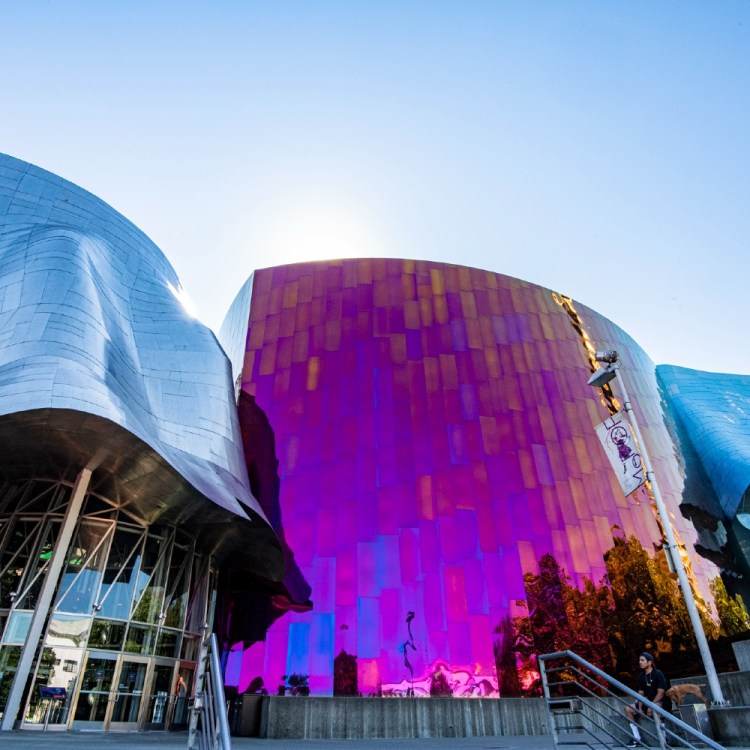The appeal of an ocean view for residential living is hard to understate, and countless articles have been written over the years about the notable architecture created for the ideal location on California’s cliffs. But building any structure, residential or not, on the side of a cliff has its risks.
Or, as architect Jaime Bartolomé Yllera told the New York Times about building on cliffs in 2021, “It’s in some sense dangerous, but you can safely experience it.” And that’s good to know — even if some recent news out of California can leave one wondering how much longer that safety will endure.
As you might have noticed, California’s been having a challenging time lately due to climate change and extreme weather. That’s included flooding, wildfires and landslides — and that’s before we get into the realm of cliffs collapsing into the ocean. As a recent article by Scott Wilson in The Washington Post reveals, parts of West Cliff Drive in Santa Cruz have simply ceased to exist, and that’s only for starters.
As Wilson points out, the question of moving existing residences back isn’t unique to California. But unlike the Atlantic coastline, the cliffs in California offer greater challenges because they’re, well, cliffs.
Segment of Highway 1 Slated for Reopening After Landslide Damage
The affected stretch is near Big SurThis year is especially unnerving, due to the likelihood of an especially strong El Niño this summer. For a city like Santa Cruz, where the cliffs are an essential part of the location’s identity, that makes this type of event one with existential stakes — and an uncertain future.
Thanks for reading InsideHook. Sign up for our daily newsletter and be in the know.
